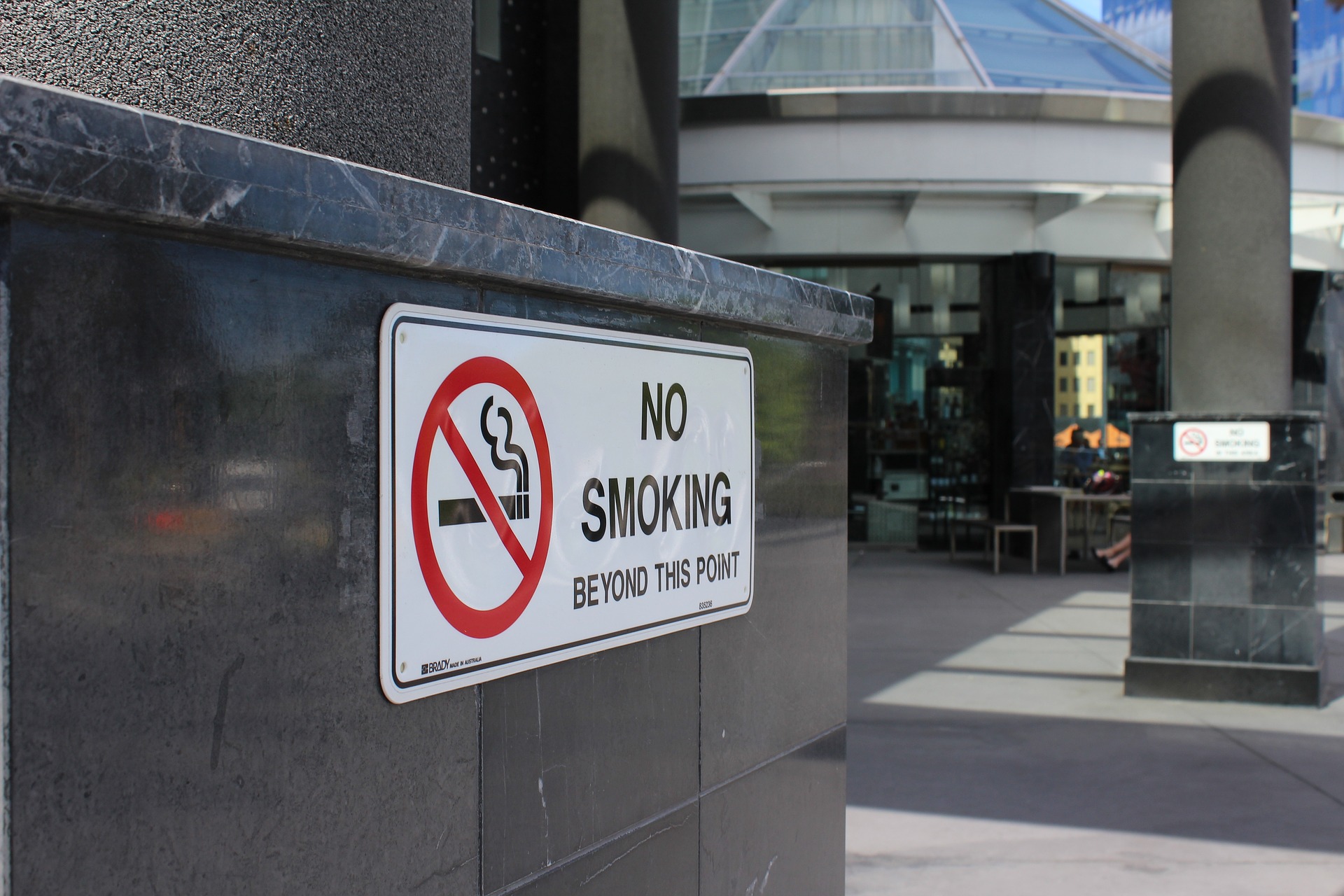 By Tonia Smith, Tobacco Free Living Coordinator, Cincinnati Health Department
By Tonia Smith, Tobacco Free Living Coordinator, Cincinnati Health Department
By engaging residents at each step in the process, Cincinnati Health Department’s (CHD’s) Creating Healthy Communities Coalition helped to implement a smoke-free multi-unit housing (SFMUH) policy for Cincinnati Metropolitan Housing Authority’s (CMHA’s) 13,000 public housing residents.
Everyone deserves a safe and healthy home, free from exposure to environmental hazards, including secondhand smoke. For this reason, the Cincinnati Health Department’s Creating Healthy Communities program has identified the implementation of smoke-free multi-unit housing policies as one of its key healthy living strategies. Even for nonsmokers, secondhand smoke exposure causes heart disease, stroke, lung cancer, sudden infant death syndrome, and serves as a trigger for asthma. SFMUH policies improve and protect the health of all residents, guests, and employees (smokers and nonsmokers) and are particularly beneficial to vulnerable populations such as children, the elderly, and people with chronic illnesses. In July 2016, CMHA took a major step to improve the quality of life for its 13,000 residents by implementing a smoke-free policy which reduces exposure to secondhand smoke and minimizes fire risks at its 18 multi-unit housing sites and over 350 single-family dwellings. Public housing residents have higher rates of cigarette smoking than the general population, which is why resident engagement was vital to ensuring the success of the SFMUH policy.
Once CMHA’s Board of Trustees decided in favor of SFMUH policy adoption, CHD began  providing technical assistance and engaging residents at each step in the process: planning, education, implementation, enforcement, and identifying tobacco cessation options. Notably, several CMHA residents were trained as Freedom From Smoking facilitators (American Lung Association) to lead group smoking cessation classes at CMHA sites. Designing, implementing, and promoting the smoke-free policy was a collaborative effort between CMHA, CHD’s Creating Healthy Communities Coalition (CHCC), the American Lung Association, Cincinnati Children’s Hospital Medical Center (CCHMC), Environmental Protection Agency, Hamilton County Public Health, the American Cancer Society, American Heart/Stroke Association, Cradle Cincinnati, and the Jurisdictional Wide Resident Advisory Board (J-RAB) which is comprised of CMHA residents. The Ohio Department of Health and Interact For Health provided funding and support to ensure the success of this project.
providing technical assistance and engaging residents at each step in the process: planning, education, implementation, enforcement, and identifying tobacco cessation options. Notably, several CMHA residents were trained as Freedom From Smoking facilitators (American Lung Association) to lead group smoking cessation classes at CMHA sites. Designing, implementing, and promoting the smoke-free policy was a collaborative effort between CMHA, CHD’s Creating Healthy Communities Coalition (CHCC), the American Lung Association, Cincinnati Children’s Hospital Medical Center (CCHMC), Environmental Protection Agency, Hamilton County Public Health, the American Cancer Society, American Heart/Stroke Association, Cradle Cincinnati, and the Jurisdictional Wide Resident Advisory Board (J-RAB) which is comprised of CMHA residents. The Ohio Department of Health and Interact For Health provided funding and support to ensure the success of this project.
CMHA’s SFMUH policy was implemented at its 18 multi-unit housing locations and several hundred CMHA-managed single-family homes. Designated outdoor smoking areas have been installed at each site; signage and cigarette butt receptacles were provided by CHD and American Lung Association. Nicotine air sampling was conducted at six CMHA housing sites. Initial data will be compared to data collected one year after policy implementation (currently underway) to gauge the policy’s effect on indoor air quality. In February 2017, Cincinnati Health Department began recruiting CMHA youth (ages 11–17) to join Cincinnati STAND, a youth-led campaign which encourages kids to “stand up and speak out against tobacco”. The group aims to eliminate the cultural acceptance of tobacco use, counter tobacco advertising, and prevent youth smoking initiation. Many residents, both smokers, and nonsmokers have shown support and expressed pride in members’ activities. Residents have helped to serve food at meetings and assisted with transporting members to events. The first Freedom From Smoking cessation class began in May 2017. An average of seven residents attended meetings, which were co-facilitated by a CMHA resident.
Work with Cincinnati Metropolitan Housing Authority in implementing their 2016 SFMUH policy began in 2015. Engaging residents by asking their opinions, addressing their concerns, and keeping them informed about the process was critical. Training residents to facilitate group smoking cessation classes creating champions within the CMHA housing sites. Engaging youth at the beginning of the process would have been more beneficial and created even more community buy-in. Young people who are passionate about a cause can serve as great advocates for their friends and family. Cincinnati Health Department’s work with CMHA in successfully implementing a SFMUH policy by focusing on community/resident engagement, including youth, is replicable.








